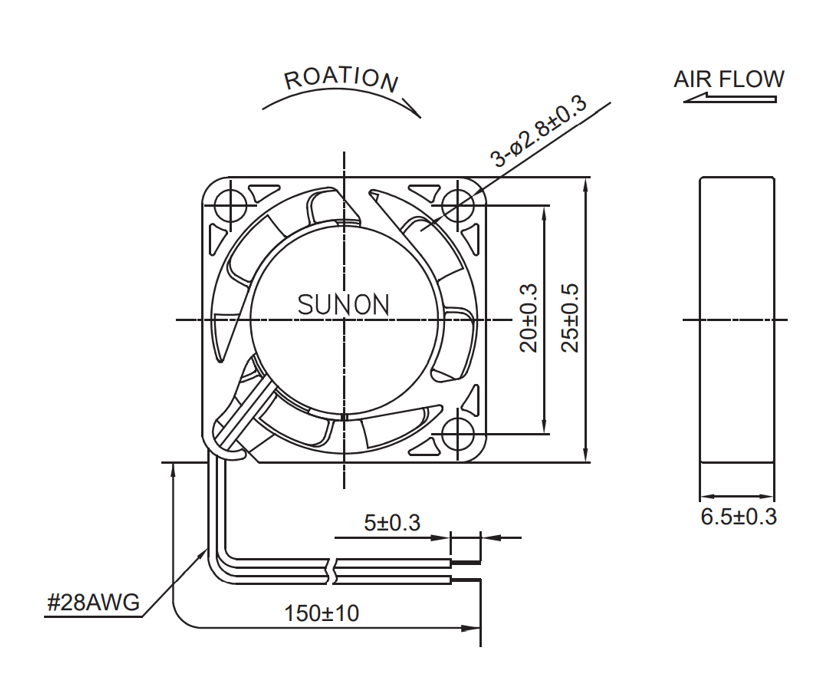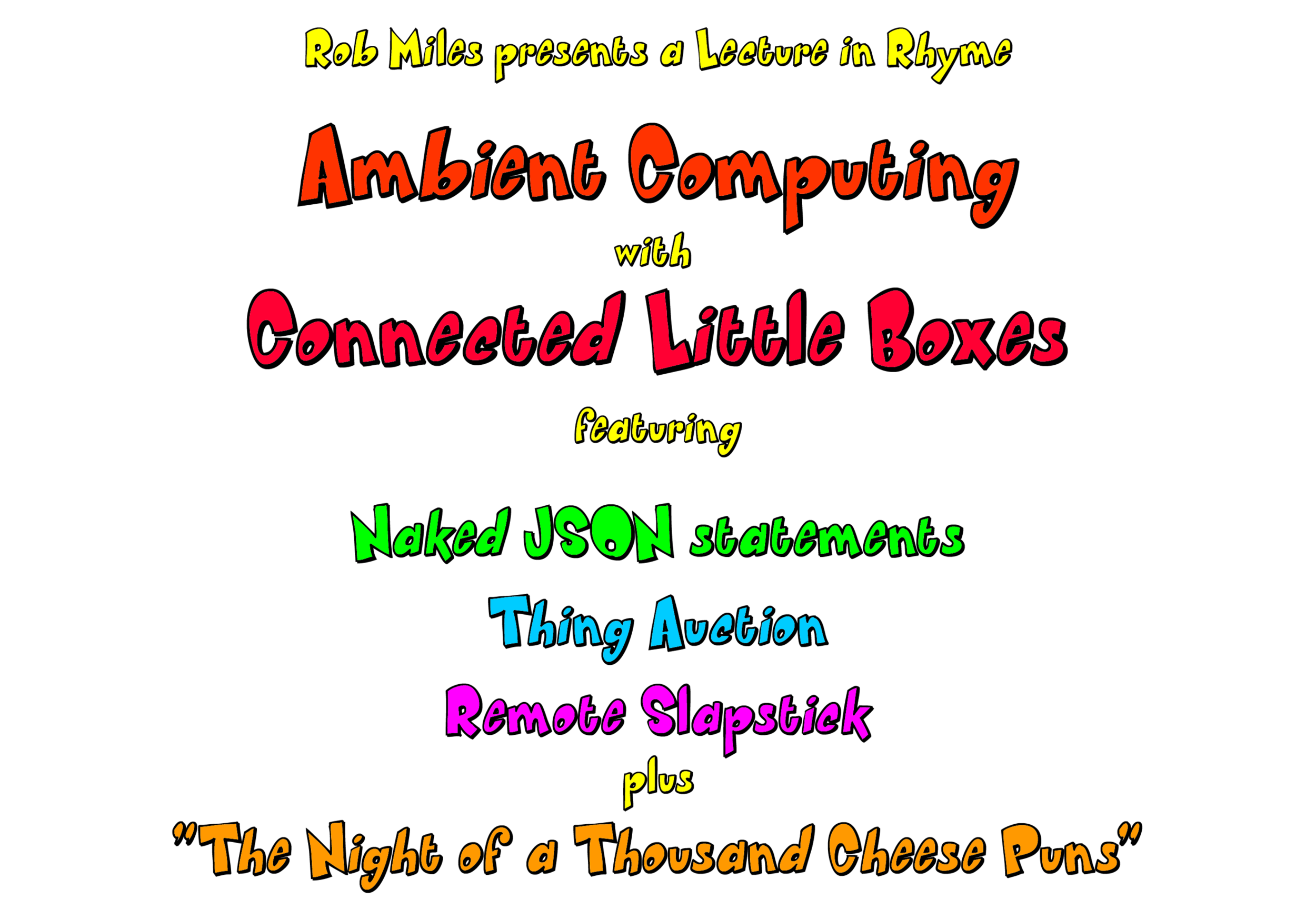Bitcoin boilers
/Bitcoin mining, where powerful computers solve mathematical puzzles to generate money that is almost probably real, is consuming an increasing amount of power around the world. As all the power that goes into the computer comes out as heat, it seems to me that it would be sensible to make good use of this power.
Why not make “bitcoin boilers” that use heat from the computers to do something useful? That way you could get paid for having a hot shower. I’m not sure about all the detail - I’m strictly an ideas man here - but I think it is worth a try.

























